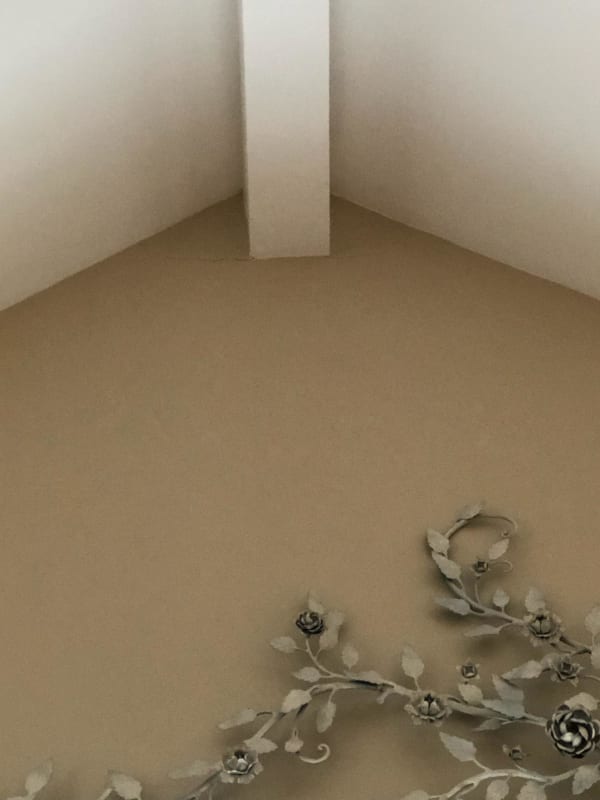amorphous12
Computer
- Oct 21, 2018
- 4
Hello,
Apologies if this is the wrong forum, but I thought someone here might be able to provide an opinion. Looking at a home and underneath the ridge beam I've noticed a slightly jagged horizontal crack a little longer than the width of the ridge beam (photo attached - listing photo was photo shopped so I'm unable to show the actual crack). It is probably less than a quarter inch thick. The inspector mentioned this was probably just settling since this is where 50% of the load is supported, but I'm wondering if anyone thinks this is a larger concern?

Apologies if this is the wrong forum, but I thought someone here might be able to provide an opinion. Looking at a home and underneath the ridge beam I've noticed a slightly jagged horizontal crack a little longer than the width of the ridge beam (photo attached - listing photo was photo shopped so I'm unable to show the actual crack). It is probably less than a quarter inch thick. The inspector mentioned this was probably just settling since this is where 50% of the load is supported, but I'm wondering if anyone thinks this is a larger concern?


